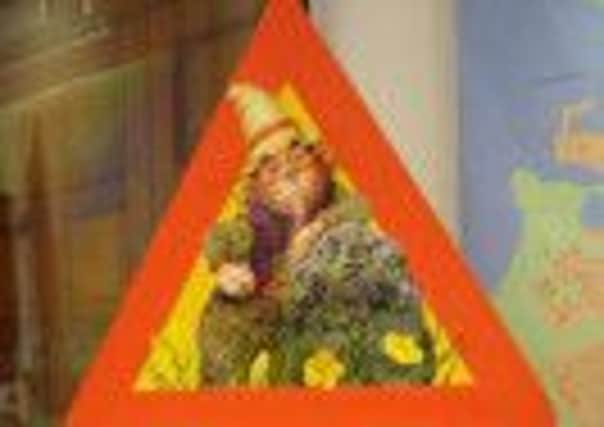Iceland: Elf advocates delaying highway progress


Elf advocates have joined forces with environmentalists to urge the Icelandic Road and Coastal Commission and local authorities to abandon a highway project building a direct route from to the tip of the Alftanes peninsula to the Reykjavik suburb of Gardabaer. They fear disturbing elf habitat and claim the area is particularly important because it contains an elf church.
The project has been halted until the Supreme Court of Iceland rules on a case brought by a group known as Friends of Lava, which cites both the environmental and the cultural impact – including the impact on elves – of the road project.
Advertisement
Hide AdAdvertisement
Hide AdAnd it’s not the first time issues about “Huldufolk,” Icelandic for “hidden folk,” have affected planning decisions.
They occur so often that the road and coastal administration has come up with a stock media response for elf inquiries, which states in part that “issues have been settled by delaying the construction project at a certain point while the elves living there have supposedly moved on.”
Scandinavian folklore is full of elves, trolls and other mythological characters. Most people in Norway, Denmark and Sweden haven’t taken them seriously since the 19th century, but elves are no joke to many in Iceland, population 320,000.
A survey conducted by the University of Iceland in 2007 found 62 per cent of the 1,000 people polled thought it was “at least possible” that elves exist.
Ragnhildur Jonsdottir, a self-proclaimed “seer,” believes she can communicate with the creatures through telepathy.
“It will be a terrible loss and damaging both for the elf world and for us humans,” said Ms Jonsdottir of the road project.
Though many of the Friends of Lava are motivated primarily by environmental concerns, they see the elf issue as part of a wider concern for the history and culture of the country.
Andri Snaer Magnason, a well-known environmentalist, said his major concern was that the road would cut the lava field in two, among other things, destroying nesting sites.
Advertisement
Hide AdAdvertisement
Hide Ad“Some feel that the elf thing is a bit annoying,” said Mr Magnason, adding that personally he was not sure they existed.
Terry Gunnell, a folklore professor at the University of Iceland, said he was not surprised by the wide acceptance of the possibility of elves.
“This is a land where your house can be destroyed by something you can’t see [earthquakes], where the wind can knock you off your feet, where the smell of sulphur from your taps tells you there is invisible fire not far below your feet, where the northern lights make the sky the biggest television screen in the world,” Mr Gunnell said.
“In short, everyone is aware that the land is alive, and one can say that the stories of hidden people and the need to work carefully with them reflects an understanding that the land demands respect.”
“If you ask an Icelander about elves, they might say they don’t believe,” added Ms Jonsdottir. “But we always have stories of them, if not from ourselves then from someone close like a family member.”